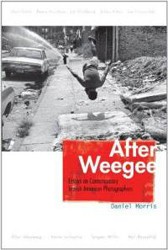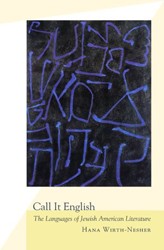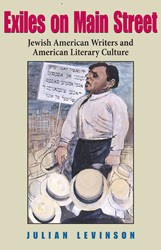In this magisterial study of American culture in the 1930’s, Morris Dickstein examines a vast range of material, from serious fiction and poetry to potboilers, popular songs, gangster films, and Busby Berkeley musicals. He selects his case studies with assured care and analyzes them deftly and astutely. What emerges is a convincing mosaic of an era devoted to the cult of liveliness, a metaphor for life itself.
As his title suggests, Dickstein sees the popular culture of the era not so much as a form of escapism or wish-fulfilment, but as an assertion of the importance of motion in an age when so much was shutting down. In the cross-country trek of the Joads in The Grapes of Wrath, the upward social mobility of Rico in Little Caesar and his partners in celluloid crime, the fascinating rhythms of George Gershwin, the furious pace of screwball comedy, and the nimble tread of the feet of Fred Astaire, we see a nation raging, in its uniquely graceful way, against the dying of the light.





